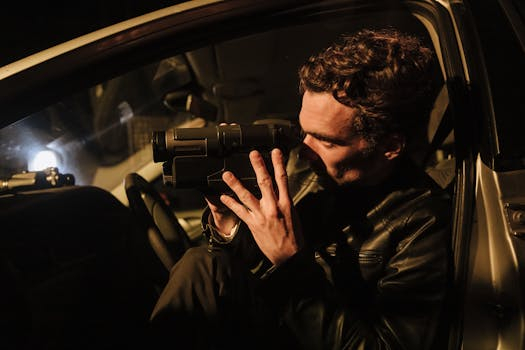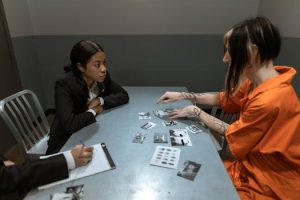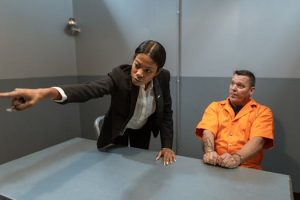Supreme Court Confirmation Hearings: Behind the Scenes
Welcome to the high-stakes world of Supreme Court confirmation hearings, where legal jargon, political posturing, and intense scrutiny collide. These hearings, which take place in the Senate Judiciary Committee, are critical for confirming a nominee to the highest court in the land. But what really goes on behind the scenes during these hearings? In this article, we’ll take a closer look at the process and the key players involved in the confirmation of a Supreme Court justice.
The Confirmation Process
The Supreme Court confirmation process begins with a vacancy on the bench, whether due to retirement or death. The President then has the power to nominate a candidate, who must be confirmed by the Senate. While the Constitution does not specify any qualifications for Supreme Court justices, nominees are typically chosen based on their legal expertise, judicial philosophy, and political views.
Once nominated, the Senate Judiciary Committee conducts an extensive vetting process, which includes a thorough review of the nominee’s background, past rulings, and academic writings. They also hold hearings where the nominee is questioned about their judicial philosophy and views on current legal issues.
After the hearings, the committee votes on whether to recommend the nominee to the full Senate. If the nominee is approved, the full Senate then votes on whether to confirm them to the Supreme Court. The candidate must receive a simple majority vote in order to be confirmed.
The Key Players
The Nominee
The nominee, usually a federal judge or a top legal expert, is the star of the confirmation hearings. They are tasked with convincing the Senate of their qualifications, their impartiality, and their commitment to upholding the law. The nominee’s demeanor and performance during the hearings can heavily influence their chances of being confirmed. They also face intense questioning from both sides of the political aisle, as well as outside interest groups.
The Senate Judiciary Committee
Comprised of 22 senators, the Senate Judiciary Committee is responsible for conducting the confirmation hearings and voting on whether to recommend the nominee to the full Senate. This committee is divided among party lines, with the majority party having more members. The committee also has staff to assist with the vetting process and provide legal analysis.
Outside Interest Groups
During the confirmation process, outside interest groups play a significant role in shaping public opinion and putting pressure on senators to either support or oppose the nominee. These groups can include political parties, advocacy organizations, and legal associations. They often conduct research on the nominee and may even hold their own hearings to highlight any concerns or endorsements.
Controversies and Public Opinion
Supreme Court confirmation hearings are no stranger to controversy and public outcry. In recent years, nominees have faced allegations of past misconduct and scrutiny over their views on divisive issues such as abortion, gun control, and same-sex marriage. These hearings also gain widespread media attention, which can sway public opinion and impact the outcome of the confirmation process.
Conclusion
The confirmation of a Supreme Court justice is a pivotal moment in American politics and the legal system. It’s a process that involves intense scrutiny, political maneuvering, and public pressure. And while there is no one way to guarantee a smooth and uncontroversial confirmation, understanding the behind-the-scenes dynamics can shed light on this crucial step in shaping the highest court in the land.










